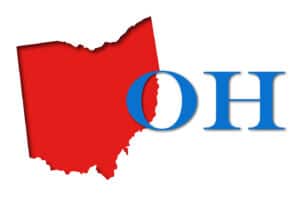The National Council of State Housing Agencies (NCSHA) and the Economic Innovation Group (EIG) published three case studies of developments that incorporate Opportunity Zone investment to create new affordable homes and support community revitalization efforts in Ohio, Maryland and Florida. These are the first in a new series of Opportunity Zone Development Profiles that detail project financing, community socioeconomic data and projected economic impact. The profiles demonstrate how Opportunity Zone investments are being utilized to develop affordable homes for very-low- to moderate-income households, and how that investment is furthering community revitalization efforts and enhancing positive community impact. Below is a summary of the first three profiled projects:
- The Tappan — A mixed-use, mixed-income building in Cleveland, OH, developed by Sustainable Community Associates with 95 apartments and a ground-floor bakery. The development includes 59 apartments that are affordable to households earning between 80 and 120 percent of Area Median Income (AMI). The Tappan is financed with a combination of Opportunity Zone equity from local investors and debt and Opportunity Zone equity from PNC Bank, as well as loan and tax incentives from the City of Cleveland.
- Ox Fibre Apartments — An adaptive reuse of a historic paintbrush factory in Frederick, MD, into 83 affordable apartments. The financing includes four percent LIHTCs from the Maryland Department of Housing and Community Development, Federal Historic Tax Credits, Opportunity Zone equity, tax-exempt permanent financing from Freddie Mac and additional debt from state and local sources. The layered financing and Opportunity Zone location allowed the developer, EquityPlus, to create new homes for families earning between 40 and 60 percent of AMI with rents as much as $500 less than local market rates.
- Parramore Oaks — A new energy-efficient building in Orlando, FL, with 96 affordable and 24 market-rate apartments. Located in a neighborhood that is a city priority for reinvestment, it is one of the first developments to combine the Opportunity Zone tax incentive with nine percent LIHTCs. SunTrust Community Capital provided the equity investment, as well as a construction loan and permanent financing; the Orlando Community Redevelopment Agency contributed additional debt. Developed in partnership with its affiliate Invictus Development, Alliant has made apartments affordable to families earning between 40 and 60 percent of AMI, including people with special needs or transitioning from homelessness.
Data from NCSHA’s Opportunity Zone Fund Directory suggests that more development in Opportunity Zones is forthcoming. As of October 2, 2019, 115 listed funds have identified affordable and workforce housing, as well as community revitalization, among their investment priorities—a nearly four-fold increase since the beginning of 2019. In the weeks ahead, a series of Opportunity Zones webinars will feature insights from key stakeholders, such as the state housing finance agencies, developers and fund managers that participated in the first three projects highlighted in the Opportunity Zone Profile series.



